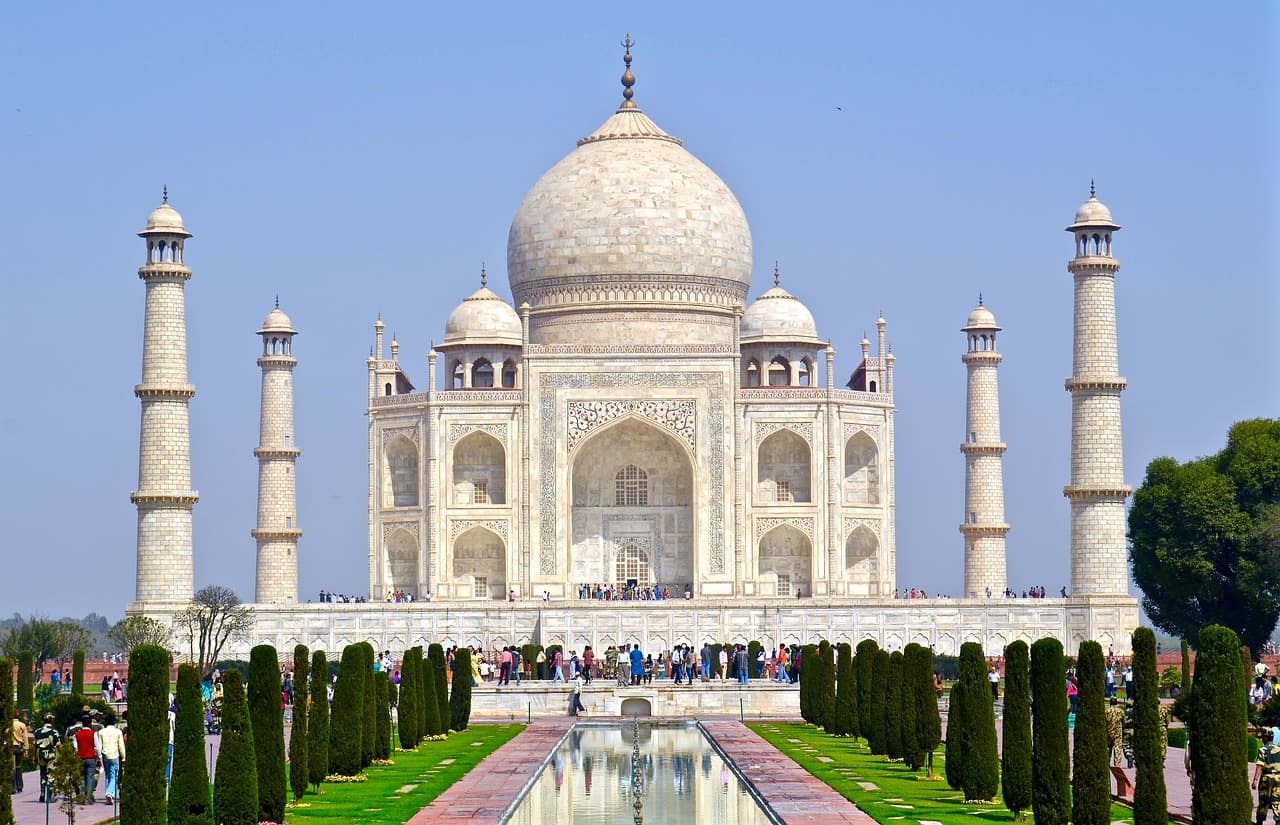
India has had a cultural impact on Britain for hundreds of years. You can see its influence in the food and drink that we can consume, and also in our language, with words like “pyjamas” and “shampoo” deriving from Urdu and Hindi respectively. But how did Queen Victoria come to adore a country that she never set foot in, and what role did the East India Company play? Here, we take a brief look back at how Queen Victoria became Empress of India.
The Beginning
Britain’s presence in India can be dated back as far as the year 1600. A company, called the “East India Company”, was formed with the intention of trading with both East and Southeast Asia and India.
Spain and Portugal had previously had the monopoly on this trade, but the defeat of the Spanish Armada in 1588 had paved the way for Britain to begin trading there. England won trading concessions from the Mughal Empire and began to trade in cotton, silk, dyes and spices.
Expansion
Over the next 150 years, the East India Company expanded massively, outperforming their European rivals, and setting up several communities and trading posts along the coasts of East and West India.
A decisive change took place in 1757 however, when at the Battle of Plassey, the East India Company under the leadership of Robert Clive, defeated the forces of the Nawab of Bengal and their French allies. The victory led to the company seizing control of Bengal, and for the next hundred years they took control of most of the Indian subcontinent, Myanmar, and Afghanistan.
Growing Unrest
The impact on Indian states was devastating. Rather than taking care of their newly acquired lands, the EIC plundered Bengal, leaving it destitute. Increased taxes led to a famine between 1769 and 1773. The EIC became the leading political power in India.
A New Queen
Queen Victoria came to the throne of Britain in 1837. Due to the numerous wars that took place during the early years of her reign, the young Queen took up an interest in British affairs abroad. The EIC was looking to “westernise” the territories it was acquiring, by making them more “civilized” and spreading Britain’s religious beliefs. Queen Victoria was concerned for the lives of the natives of those territories, as well as the soldiers fighting on the front lines there.
More unrest led to an Indian rebellion in 1857, which the British quelled, but the casualties were considerable. The British Parliament passed the Government of India Act in 1858, which transferred the authority of the EIC to the British Crown.
A New Approach
Not entirely happy with how colonization of new territories was taking place, on 1st November 1858, Queen Victoria made a proclamation that became known as the “Magnacarta of the People of India”. In it, the Queen declared her intentions to no longer expand Britain’s current territories, and that the rights of Indian Princes would be held in the highest regard. It also decreed that Britain would not impose its religious beliefs on the Indian people.
A New Era
At the insistence of Queen Victoria, Prime Minister Benjamin Disraeli pushed through the Royal Titles Bill, and declared in Parliament on 1st May 1876, that Victoria was now Empress of India. This sparked huge celebrations in India on 1st January 1877, led by Viceroy of India, Lord Lytton.
The Queen’s love affair with India had begun. So much so that in 1890, the Durbar Room was added to Osborne House, the Queen’s Isle of Wight retreat. Designed by John Lockwood Kipling and Sikh architect Bhai Ram Singh, the room boasted impressive Indian-style plaster work, and contained beautiful collections of gifts from Indian Princes.
Although the Queen never set foot in India, her son Edward VII was the first British monarch to visit there, and he and George V retained the title that Victoria had fought for, until the India Independence Act in 1947 brought with it the independent countries of India and Pakistan; no longer under British rule.
The picture that accompanies this blog is of the Victoria Memorial in Kolkata, India, which was built between 1906 and 1921, and is dedicated to the memory of Empress Victoria.
The EIC Royal Portrait Rupee Set contains the only two coins of their kind that were ever issued. An 1835 and 1840 rupee, in 22 carat silver, featuring the portraits of William IV and Queen Victoria. Order yours HERE.


